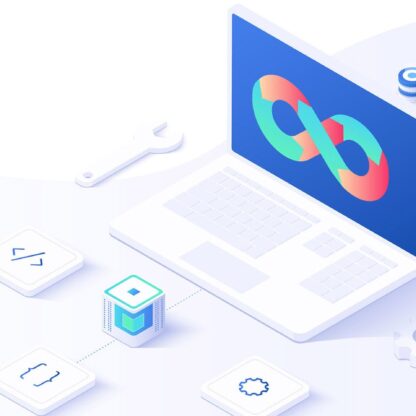Traditionally, software companies would release new applications and update them involving primarily two teams – development and operations. While the developers’ goal was to bring the product to market quicker, the operations team had to ensure the product was reliable, user friendly, resilient and that updates reached the customer with minimal downtime.
To coordinate the efforts of the two teams, organizations of all types – from startups to Fortune 500 companies are rapidly moving towards DevOps. DevOps bridges the gap between developers and operations, helping bring products to market much faster with reduced risks and outages. The world of DevOps is all about reiteration, where features and improvements to applications are streamlined into the production environment.
Planning is Key
One of the key stages in product-making is mapping the value stream processes and events from generalization and creation to testing and release. Outlining the value stream helps teams better understand the workflow, dependencies between different processes, and identify any blockages or impediments that may delay delivering client value.
Mapping the value stream is essential to delivering value as it connects multiple teams, tools, and operations enabling greater cross-functional collaboration. Clearer visibility into the entire software delivery process helps reduce any pitfalls to performance. This is where VSDP (Value Stream Delivery Platform) provides an integrated set of capabilities for orchestration and enablement of continuous delivery of software.
Building a Product with VSDP
A Value Stream Delivery Platform adds transparency to the software delivery life cycle. It helps measure and manage the performance of software delivery teams, identify areas for improvement, and introduces best practices to ensure optimal team collaboration. It also helps to connect operations, teams and tools collecting static data used to improve the ongoing delivery performance.
Another benefit of using a VSDP is that the toolchains remain undisturbed. A VSDP integrates with the different datasets across the existing processes and provides the desired visibility and analytics to the different product value streams across the organization.
Underlying Challenges
Some challenges organizations may face when embarking on the DevOps journey include:
- Teams working in silos, each using specialized tools to achieve their own goals.
- Teams collaborate internally to solve the problems, but their communication is limited.
- DevOps is about people, process, and automation getting together to achieve a goal. This is where organizations struggle to get the rights metrics and tools, as well as how to integrate the security aspect of DevOps, set the processes in place, and how to utilize existing tools.
- Poor interoperability, manual handoffs, and distant data that create DevOps automation silos.
- Adding unnecessary complexity by using multiple test environments as well as the need for multi-cloud and hybrid deployments.
- Increased policy and security conditions cannot gauge and remain manual.
Capabilities of VSDP
Building an internal platform is usually risky, time-consuming, and expensive. A VDSP replaces traditional, manually created toolchains, decreases risk, cost, and time required to build a platform in-house by:
- Including the full planning and creation process, as well as integration and verification, deployment, operations, monitoring, and improvement.
- Integrating security and compliance features into the platform’s basis.
- Integrating DevOps point solutions, as well as adding or removing tools as needed.
- Providing a centralized data model for the development process that creates a single source of truth.
- Driving process and value stream improvements and providing metrics and reporting.
- Implementing best practices to improve software quality.
A VDSP relieves DevOps teams of administrative tasks, enabling them to focus their resources on delivering much more value. Rather than managing toolchains, they can now assist in the identification of process bottlenecks, the expansion of automation, and direct collaboration with application teams to establish standards.

When developing a new application, project managers should know the plan, the development progress, automation testing results, and security of the code to name a few. A VSDP provides end-to-end visibility to better manage and orchestrate the software delivery pipeline.
In Conclusion
Per Gartner, “A unified platform provides end-to-end visibility and helps reduce cycle time by minimizing friction due to handoffs and improving consistency in workflows. This end-to-end view encourages systems thinking over local optimization and enables organizations to continuously improve through accelerated feedback loops.”
A VSDP for DevOps can help organizations understand how the process works and where it can be improved. However, they do not address the underlying toolchain issue.
Some solutions prioritize continuous integration and development, while others prioritize continuous delivery and deployment. VSDP’s differentiate themselves by enhancing the development experience, streamlining release workflows, and securing the delivery life cycle.
Learn more about Orion’s DevOps services or contact us to learn how Orion’s DevOps services can bridge the gap between your developers and operations to streamline features and improvements, bringing your products to market faster.


